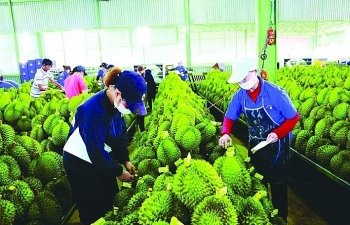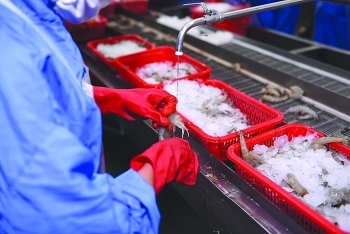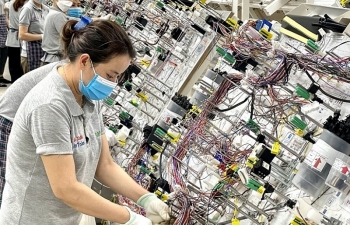Insiders deem co-processing key to climate friendly cement production
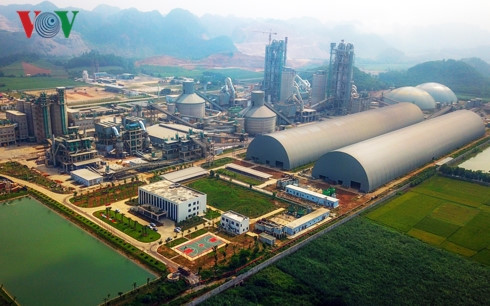 |
Replacing out-of-date production lines for energy saving and eco-friendly ones, is an imperative path for domestic cement production.
A tremendous supply of waste is offering a lucrative room for waste-to-energy generation during the cement production process, Xie Guozhen, head of the Vietnam Representative Office of China’s Nanjing C-HOPE Cement Engineering Group, told VOV Online.
He made his point with preliminary statistics show that with Vietnam’s population close to 100 million, an estimated 50,000 tons of waste is thrown out each day.
The damage to the environment can be negated however through treating waste in cement kilns, also known as co-processing. The waste incineration is likely to contribute only 10 per cent to the total capacity of a cement kilns. “It means that we need 100 cement clinker processing lines designed with a capacity of 5,000 tons per day to handle the total waste volume,” Guozhen stressed.
He noted that waste-to-energy generation could be installed as an integral part of the cement production process. Waste incineration carried out in the alkaline environment of a cement kiln, at 1,400-1,700°C, helps completely burn the waste and minimize harm to the environment.
An urgent need
Green production and technology updates should be considered an urgent need for the cement sector as 60 per cent of local rotary cement kilns are operating on small and medium scale, with a capacity of 500-2,000 tons per day. These small and medium kilns have been criticised for high energy consumption, high pollution, and low efficiency, the C-HOPE representative said.
Tero Raassina, principal investment specialist at Global Green Growth Institute (GGGI)
Tero Raassina, principal investment specialist at the Global Green Growth Institute (GGGI), said that cement production in general accounts for approximately five per cent of the current CO2 emissions worldwide. Over the last decade reducing the environmental footprint of cement kilns has also become a target in itself to help ensure a sustainable future, both for societies and cement production.
Raassina underlined the need to move towards a circular economy which pushes both waste generators and the cement industry to optimize the whole value chain from waste to a resource.
The GGGI expert said that the country has close to 100 cement production lines with total design capacity of over 80 million tonnes a year. Given the increasing demand for cement, it is widely believed that the industry’s overall energy use and CO2 emissions will continue to grow in the coming decade.
Local cement kilns typically burn fossil fuels. Therefore, co-processing is seen as a good way to reduce the industry’s reliance on fossil fuels and decreasing associated CO2 emissions, he recommended.
In order to maximize the overall process in cement kilns, it is important for efficient plant operation that the remaining waste heat from the pre-heater exhausts and clinker coolers can be recovered and used to provide low temperature heating needs in the plant, or used to generate power to offset a portion of power purchased from the grid, or captive power generated by fuel consumption at the site.
Pros and cons
Guozhen from the C-HOPE Group revealed that a number of firms in Vietnam are eyeing the application of waste-to-energy technologies and co-processing into cement production. He believes that the application could boom if the Government incentivizes investments in the field.
Replacing out-of-date production lines for energy saving and eco-friendly ones, is an imperative path for the cement sector, Guozhen added.
Tais Mazza, head of Waste Conditioning at the German engineering solutions provider Loesche GmbH, said that the room for waste-to-energy generation in Vietnam’s cement industry is huge. A framework for the utilization of household wastes is needed as there is currently no unified framework on this issue.
“This problem also occurs in other Asian countries, and everybody needs to deal with it. They must make necessary efforts to make the implementation possible,” Mazza noted.
She stressed the domestic cement industry can utilize a range of alternative fuels, adding that the use of technologies processing waste into alternative fuels could help reduce production costs, making cement products more competitive on export.
Waste-to-fuel processing technology, which allows the reduction of CO2 emissions and lower production costs as a result, enables the cement industry to pursue green production and become more competitive.
Raassina from the GGGI emphasized effective regulatory and institutional frameworks as a crucial element to ensure that the cement industry’s co-processing practices do not have negative health or environmental impacts. Co-processing sometimes increases the overall energy use per tonne of clinker produced by kilns. This increase could come from a number of factors, mainly the moisture content in the waste.
Furthermore, a lack of emission controls for cement kilns, especially for those co-processing waste, can result in extremely high concentrations of particulates in ambient air.
The ashes emitted from waste co-processing could be integrated into the clinker which could result in saving the virgin raw materials, such as the complete utilization of burnt waste ashes as clinker components. The ash from municipal solid waste and sewage sludge used in co-processing often has a chemical composition that allows it to be used in place of conventional raw material for clinker making.
In many cases, co-processing might not be financially viable on its own if its larger societal benefits are not taken into account. The Government and municipalities that wish to pursue co-processing should design programs and incentives based on the full benefits co-processing could make for the local community and environment.
Combined efforts needed
According to Nguyen Quang Cung, Chairman of the Vietnam Cement Association, the cement industry must incline towards environmentally friendly production in both the short and long term, with reduced CO2, heat, and dust emissions.
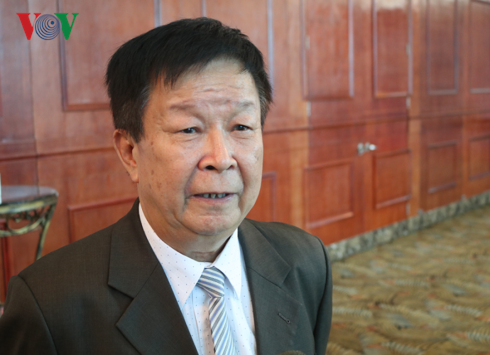 |
Nguyen Quang Cung, Chairman of Vietnam Cement Association
Cung embraces a new prospect for the cement industry which is underpinned by the use of waste-to-energy treatment technology in cement production.
To ensure the successful implementation, he noted that all waste must be firstly sorted at households before collection. If the sorting process is not done strictly, it would pose difficulties in the disposal process.
The chairman said that a special mechanism should be put forth by the State to support the collection, transportation, and disposal of waste as raw materials and fuel for cement production. Once the mechanism is applied transparently, fully, and consistently, the implementation is likely to gain success, he added.
The successful application of co-processing in cement plants depends on two key elements, including financial and technological capacity of investors and support mechanism by the State.
For instance, when a cement production firm needs to purchase ash for manufacturing, the seller can first provide it at a low price or even offer it for free. However, the buyer could face competition if many other firms are in need of ash, thus potentially pushing prices up and posing a risk for production, the chairman said. He noted given this, there needs to be a collaboration between the two sides which should be regulated by the State.
Related News
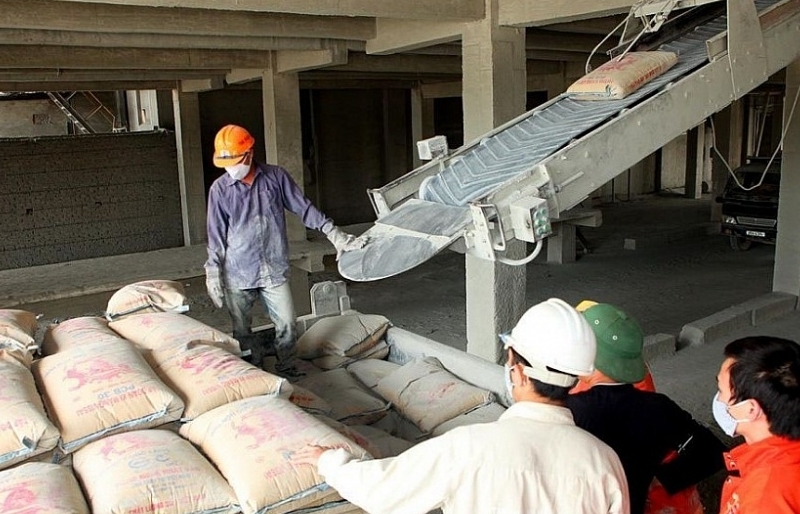
Cement businesses expect to "brighter" growth thanks to public investment and exports
15:19 | 17/01/2024 Import-Export
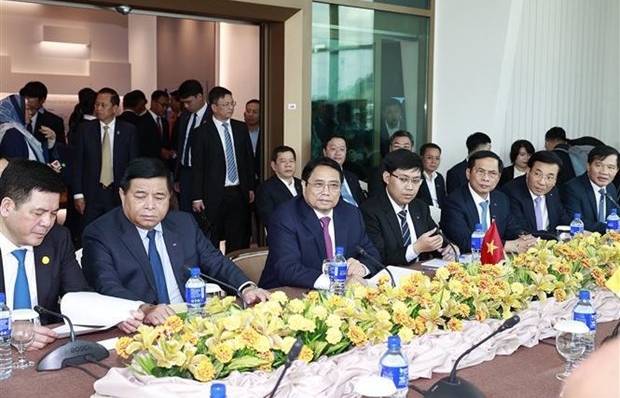
PM holds roundtable discussion with Brunei energy, oil and gas firms
17:55 | 11/02/2023 Headlines

E-commerce needs better legal framework to prevent tax loss: insiders
16:54 | 03/10/2022 Import-Export
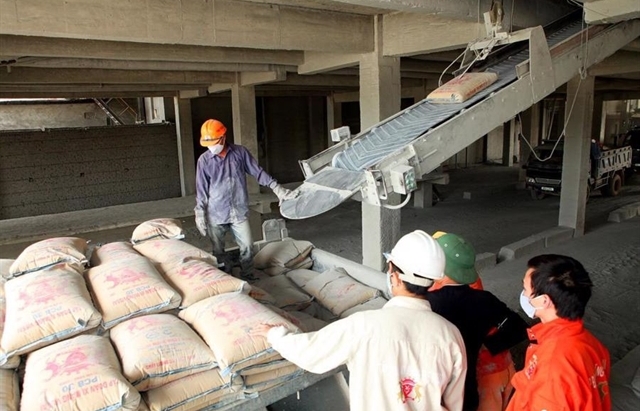
Domestic cement consumption expected to rise as exports fall
15:50 | 12/09/2022 Finance
Latest News
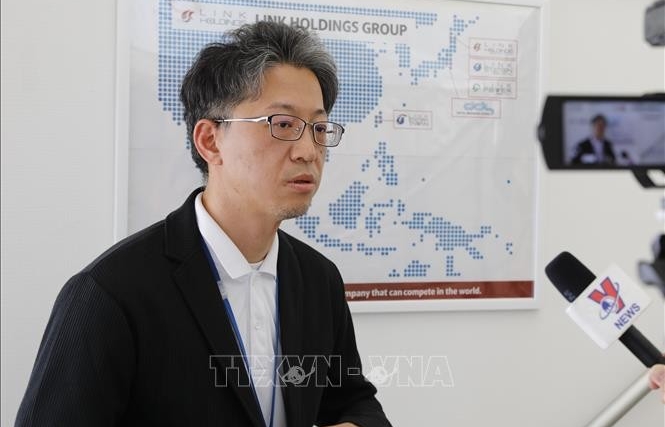
Vietnam remains attractive destinations for Japanese IT firms
15:42 | 08/05/2024 Import-Export
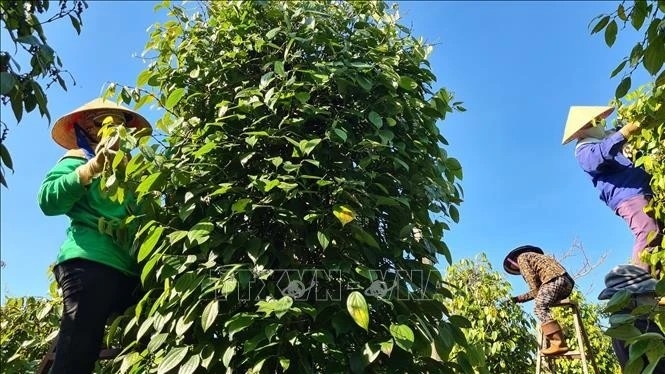
Pepper exports decrease in volume, increase in value
15:38 | 08/05/2024 Import-Export
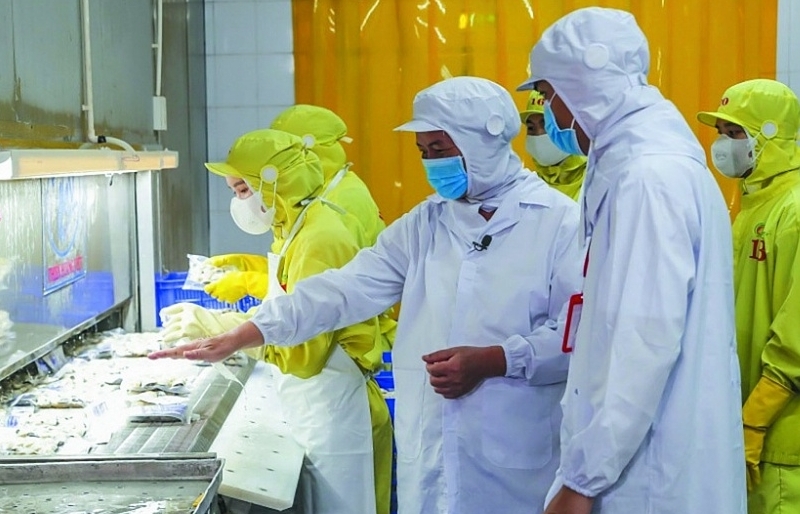
Open credit flow to support import and export
09:30 | 08/05/2024 Import-Export
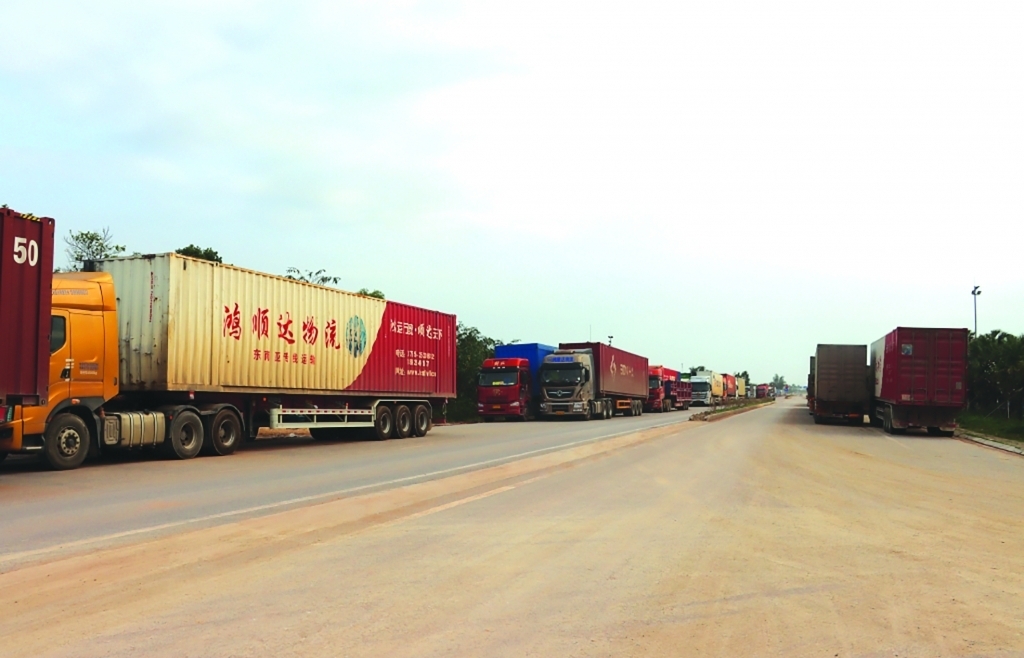
Import turnover increases by US$13.5 billion
09:30 | 08/05/2024 Import-Export
More News
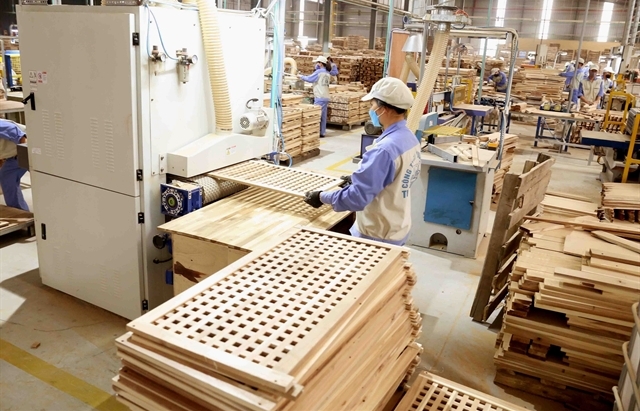
Green production, trade will help wood industry increase export: Viforest
14:30 | 07/05/2024 Import-Export
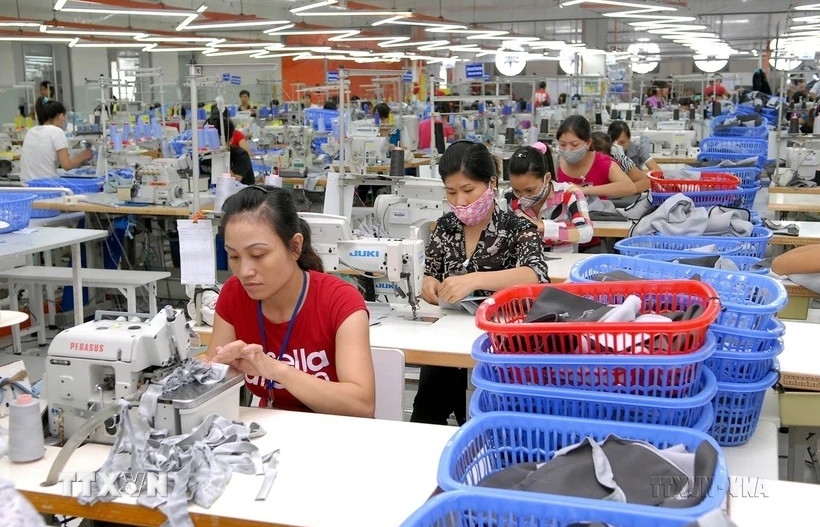
Hanoi attracts over 1.1 billion USD in FDI in four months
14:28 | 07/05/2024 Import-Export
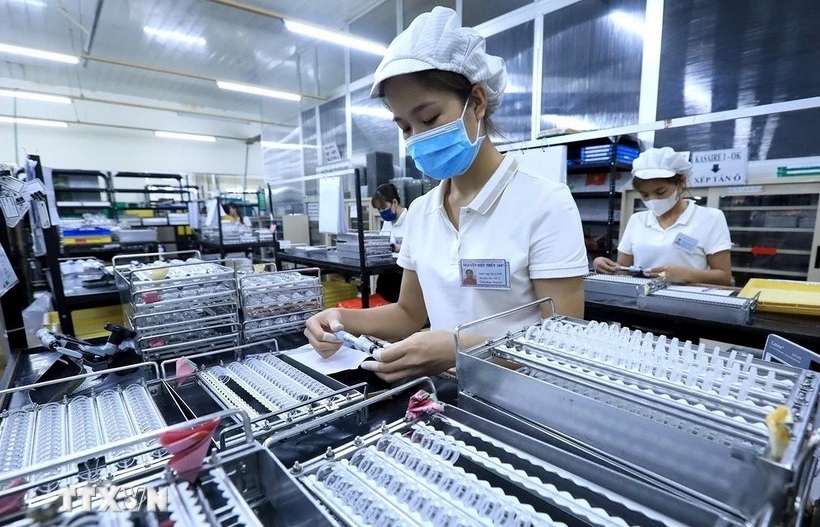
FDI flows strongly into manufacturing, real estate
14:26 | 07/05/2024 Import-Export
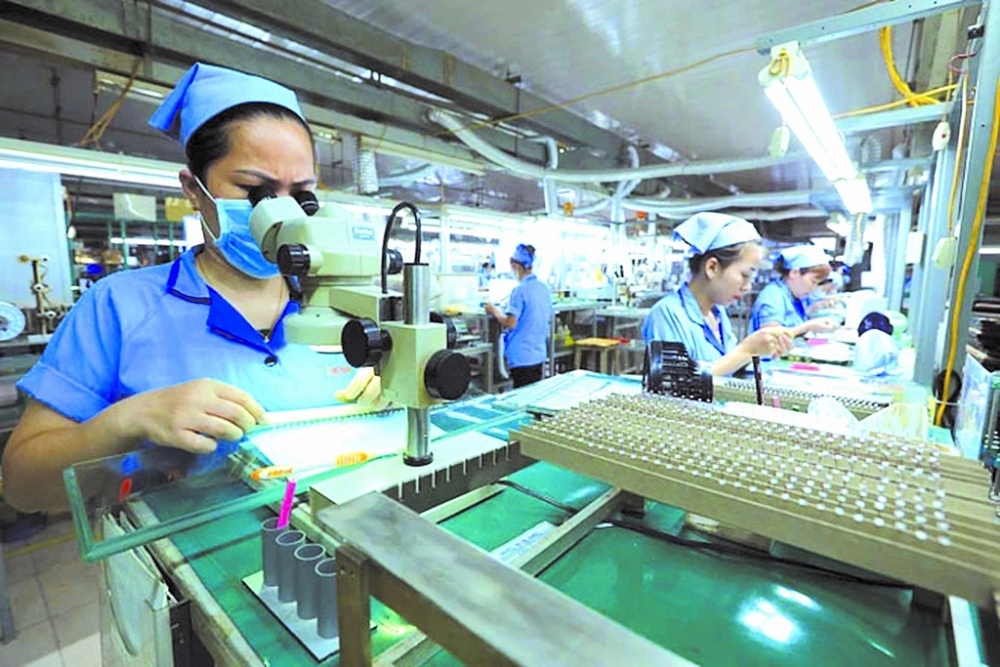
Maintaining recovery momentum amid uncertainties
09:09 | 07/05/2024 Import-Export

Make use of the most of favorable factors for economic growth
15:38 | 06/05/2024 Import-Export

Textile and garment businesses face difficulties due to lack of domestic supply
15:36 | 06/05/2024 Import-Export

Vietnam leads in export rice prices globally
15:34 | 06/05/2024 Import-Export

Production ensures export of 7.4 million tons of rice this year
14:30 | 06/05/2024 Import-Export

More businesses to join Vietnam E-Pavilion
16:34 | 05/05/2024 Import-Export
Your care

Vietnam remains attractive destinations for Japanese IT firms
15:42 | 08/05/2024 Import-Export

Pepper exports decrease in volume, increase in value
15:38 | 08/05/2024 Import-Export

Open credit flow to support import and export
09:30 | 08/05/2024 Import-Export

Import turnover increases by US$13.5 billion
09:30 | 08/05/2024 Import-Export

Green production, trade will help wood industry increase export: Viforest
14:30 | 07/05/2024 Import-Export



